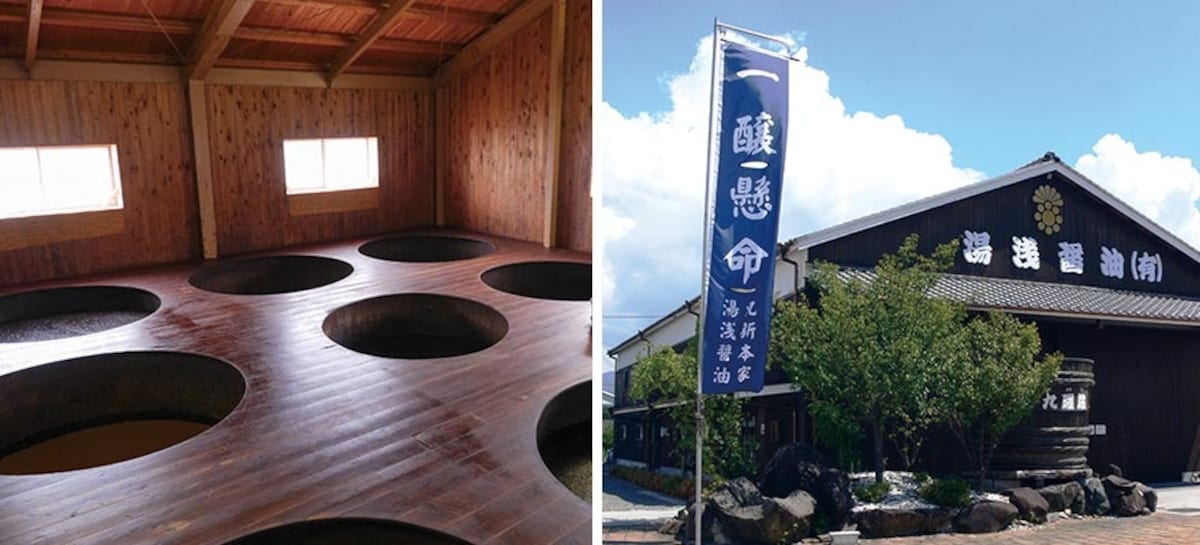750 Years of Soy Sauce Tradition
Soy sauce, or shoyu, is almost indispensable to the Japanese dining experience. There are over 1,000 large and small soy sauce companies throughout the country, each with its own unique recipe and flavor. Out of this large field of competitors, how does a small brand from the quaint town of Yuasa in Wakayama Prefecture find its way into the kitchens of not one but nine Michelin-starred restaurants across Europe? And how has a company that makes up an estimated 0.01 percent of Japan's soy sauce supply won Belgium's prestigious Monde Selection Gold Quality Award every year since 2006?
According to Toshio Shinko, the warm-hearted and down-to-earth president of Yuasa Soy Sauce Co., Ltd., it comes down to a combination of history, tradition, dedication and passion.
While there are various competing accounts as to how soy sauce came to Japan, in Yuasa it's said it all began around 750 years ago. A monk who spent time in China realized that the local process used to make hishio, a fermented seasoning, was only a short step away from making miso, a traditional soy-based Japanese food product. Upon returning to Japan, the monk settled in the Yuasa area and began producing soy sauce, instructing others in the process as well. From there, the recipe spread and evolved over time.
Soy sauce is made from wheat and soybeans that are fermented and matured in salt water and koji mold spores. Yuasa Soy Sauce's signature product is made using carefully selected ingredients all grown in Japan. The fermentation and brewing process is based on techniques perfected over 750 years in Yuasa, while the local water has a combination of minerals that's said to be particularly suited to soy sauce.
While the vast majority of soy sauce is now made with the crushed remnants of soybeans that have been pressed for their oil, Yuasa Soy Sauce uses the entire bean, combining it with roasted whole grain wheat. Using a type of black soybean grown in Tanba, Kyoto Prefecture, the sauce is left to ferment for up to two years—as much as four times longer than industrial sauces. The combination of all these elements results in a flavor that's truly unlike any other soy sauce in Japan.




